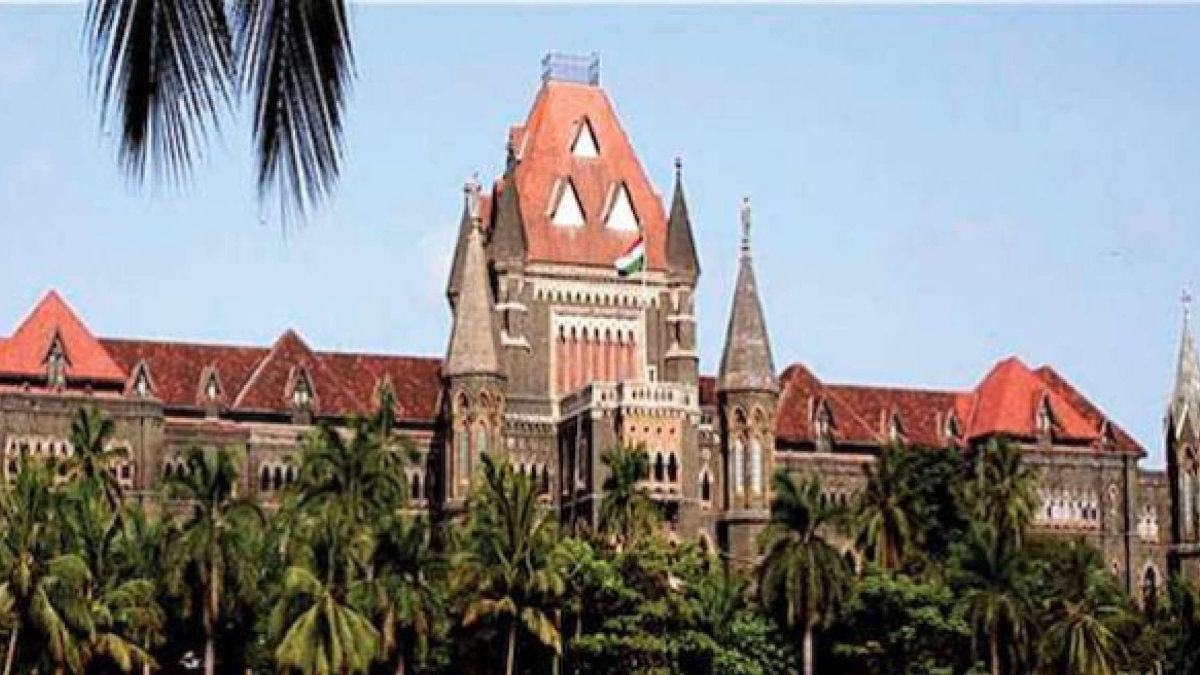The Bombay High Court in the case Ramani Suchit Malushte Versus Union of India and Ors observed and has held that the limitation period would start only after the affixing of signatures on the GST registration order of cancellation.
The Division bench comprising of Justice K.R. Shriram and the Justice A.S. Doctor observed and has stated that only on the date on which the signature of Respondent issuing authority was put on the order dated November 14, 2019, for the purpose of attestation and would time to file an appeal commence.
It was observed by the court that unless a digital signature is put by the issuing authority, the order will have no effect in the eyes of the law.
In the present case the petitioner/assessee assailed an order passed on August 2, 2021, but issued on August 4, 2021, by which the petitioner’s appeal was dismissed on the ground that it was not filed within the period of three months as it is provided under Section 107(1) of the CGST Act.
It was contended by the petitioner that the order in the original dated 14.12.2019, which was in the appeal filed before the respondent, had not been digitally signed. However, the said order was not issued in accordance with Rule 26 of the CGST Rules. Thus, the time limit for filing the appeal would begin only upon digitally signed orders being made available.
Further, it was specifically stated in the affidavit in reply that the show cause notice was digitally signed by the issuing authority, but when it refers to the order in the original dated 14.12.2019, there was total silence about any digital signature being put in by the issuing authority.
It was contended by the department that the petitioner could not take the stand of not receiving the signed copy because the unsigned order was admittedly received by the petitioner electronically.
However, the Court observed that if the stand of the department has to be accepted, then the rules which prescribe specifically that a digital signature has to be put in place will be rendered redundant.
Accordingly, the court while overturning the order, returned the appeal to the respondent’s file and instructing him to consider the appeal on its merits and issue whatever order he deemed appropriate in accordance with the law.

















